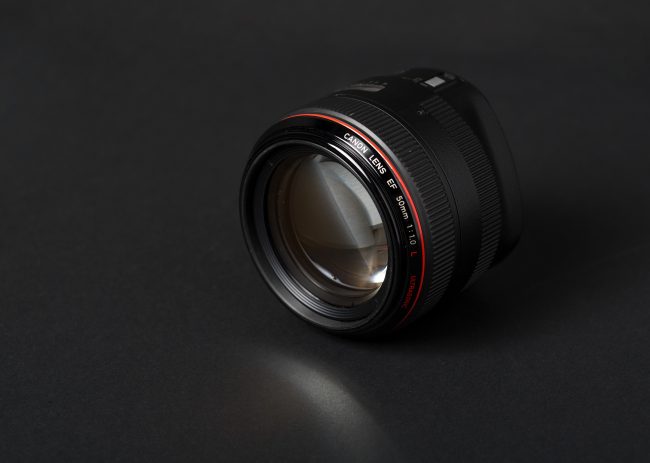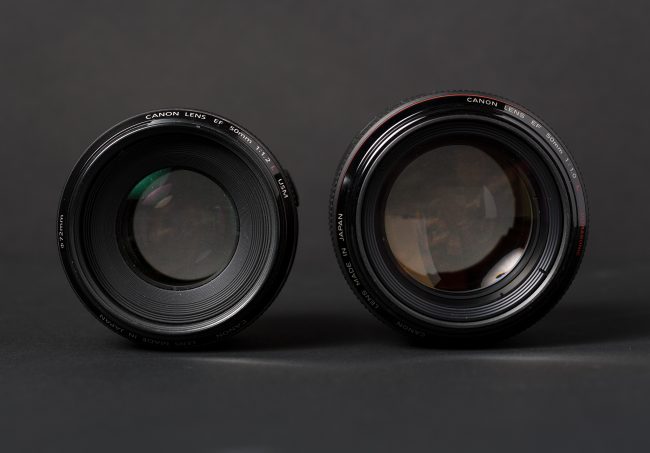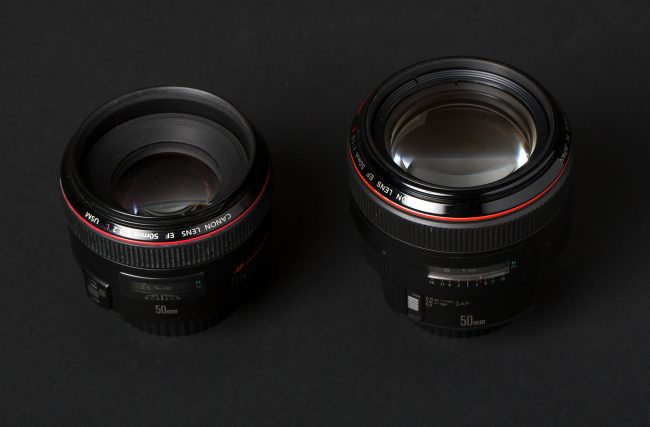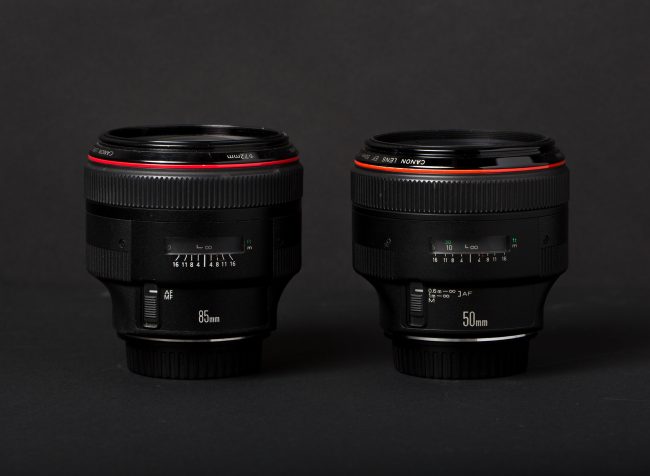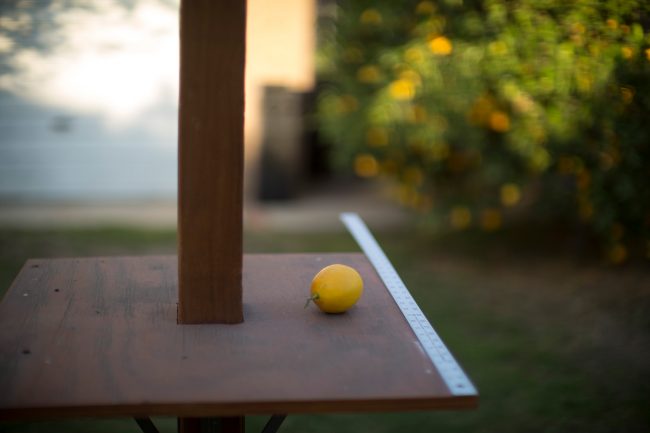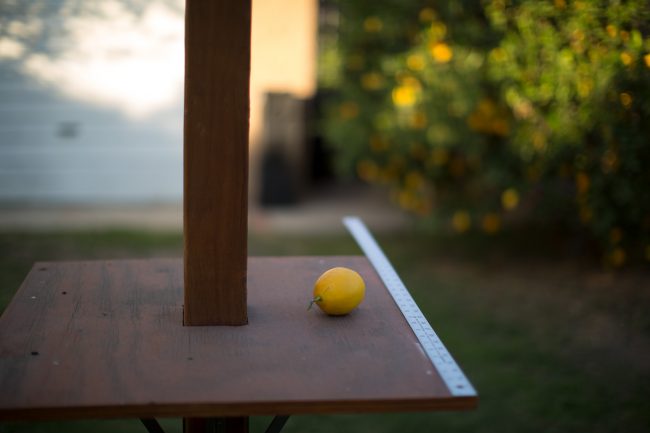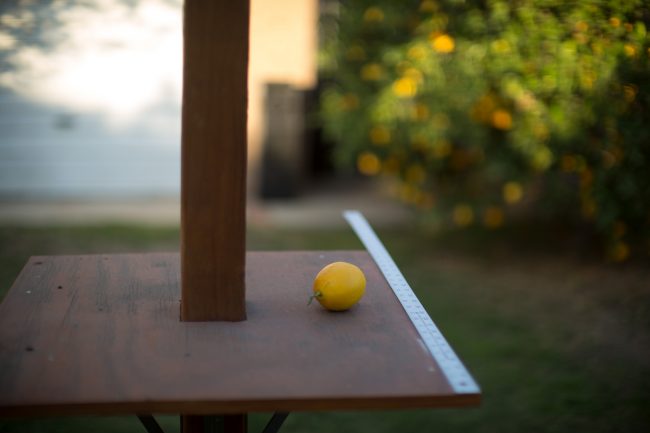Equipment
Canon’s Ultra Rare Lenses – Using the Canon 50mm f/1.0L
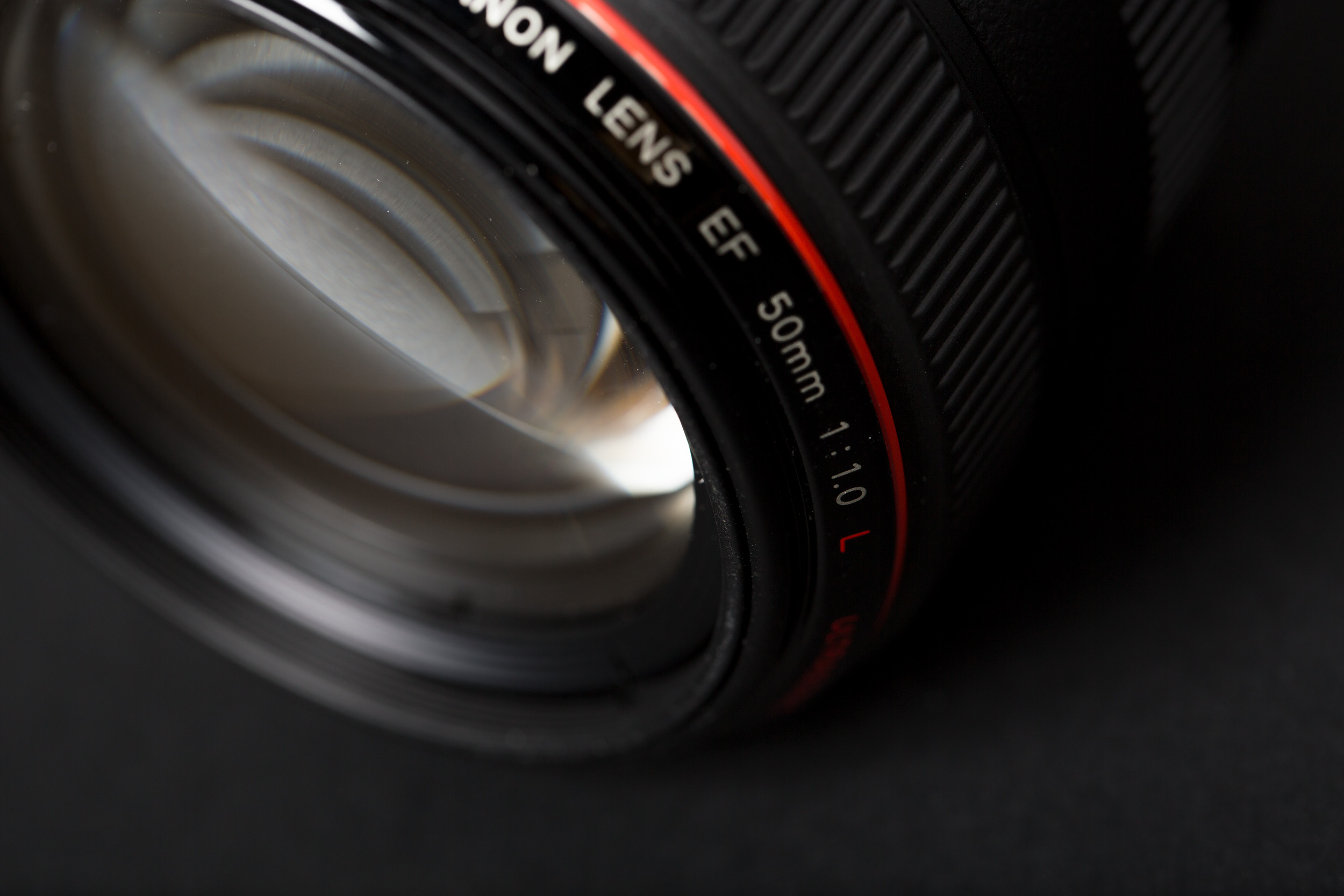
A month or so ago, I was able to get my hands on the Canon 200mm f/1.8L Lens and test it for a review on Lensrentals.com. It was an experiment of an article, as often, we try to discuss gear that we can stock and rent out to our customers. With the Canon 200mm f/1.8L being wholly discontinued and unserviceable, it’s not something we could rent out. However, the readers seemed to enjoy reading about this relic of a lens, so we decided to find another ‘Holy Grail’ of lenses, and I got my hands on the Canon 50mm f/1.0L.
This lens was graciously loaned to me by Julian Chen out of Santa Monica, CA.
History of the Canon 50mm f/1.0L
The Canon 50mm f/1.0L was introduced in 1989 and is the fastest AF lens available in EF mount, and one of the fastest lenses in the world. At 1018 grams, the Canon 50mm f/1.0L is also an incredibly well-constructed metal-bodied lens, and considered to be one of the best built Canon 50mm’s in the world. Sadly, however, because of its razor-thin depth of field and slow focusing (by today’s standards), the Canon 50mm f/1.0L was discontinued in 2000 and has been hard to find ever since.
The Canon 50mm f/1.0L works on all EF mount camera systems, and uses the Focus-by-Wire system found on the Canon 85mm f/1.2L II, meaning while accurate, the focus is slower when comparing it to more modern designs. Priced at ~$2,500 during the majority of its production run, the Canon 50mm f/1.0L was considered way too expensive for the average photographer, leading to its inevitable production end. However, if you have to have one, many can still be found on eBay for $3,800 – $4,500.
Comparing the Canon 50mm f/1.0
When it came down to comparing this lens, I figured the most obvious comparison to make would be against the Canon 50mm f/1.2L, right? Well, wrong. In fact, the Canon 50mm f/1.2 and f/1.0 versions are entirely different by design, and the Canon 50mm f/1.0 is based more on the Canon 85mm f/1.2L I than anything else. So while I do not have a version 1 of the Canon 85mm f/1.2L, being that it was discontinued in 2006 and replaced with the Mark II lens of the same name – a lens I do in fact, have.
From a visual standpoint, the Canon 50mm f/1.0L looks nearly identical to the Canon 85mm f/1.2L II, with its front-heavy design, leaving you with a large front element, and asymmetrical design from front to back (as seen below). The images are very much similar from one to the next as well. I’ve put together a small table of these three lenses below to give you an idea of how it compares to the competition.
Build Quality
The Canon 50mm f/1.0L has a lot to it that makes it quite a bit different than the other options in the same focal length. As mentioned above, the Canon 50mm f/1.0L is based more on the Canon 85mm f/1.2L design than it is of it’s younger brother, the Canon 50mm f/1.2L. Because of it’s larger dense body, the Canon 50mm f/1.0L no doubt feels premium to the touch. If you’ve ever held the Canon 85mm f/1.2L, you’ll know what I’m talking about. But it’s dense body is well balanced, and feels good on the camera. The added cuff at the base of the body makes it easy to hold when mounting, and just further mimics the feeling of the Canon 85mm f/1.2L.
But with the larger body, also comes a few little-added things that many people might not know about the Canon 50mm f/1.0L. For one, people will often assume that the f/1.0 version has a 1/3rd stop over the Canon 50mm f/1.2L, but that’s actually false. In fact, it has 2/3rds of a stop, being able to implement both f/1.1 and the f/1.0 f-stops.
A second surprise is the focusing system on the Canon 50mm f/1.0. Using the same focus-by-wire system as the Canon 85mm f/1.2L, the focusing system is slow by comparison. To help counteract this, Canon has added two focus distances on the focusing switch, to help speed along the process. giving you the option of focusing in two different ranges (0.6m – infinity and 1m – infinity), this option should both speed up the focusing of the lens, as well as provide better accuracy. That said, for the interest of my testing, I kept it in the 0.6m – infinity mode for the entire duration of my testing.
Image Quality
I took plenty of photos with the Canon 50mm f/1.0L during my week with it, but I figured it was best to give a more scientific approach to its image quality. In short, it’s pretty mediocre. It vignettes a lot at f/1.0, and its sharpness is pretty lackluster, especially when compared to the competition. Below are some test photos, comparing the Canon 50mm f/1.0L to the Canon 50mm f/1.2L and Canon 85mm f/1.2L II. All of these were shot on a tripod, 55 inches from the stem of the lemon (conveniently pulled from my lemon tree), with the focus point being where the stem meets the body of the lemon.
In addition to the vignetting, I also had a number of sharpness issues with the lens. First, this certainly has to do with it being a lens I was pretty actively shooting at f/1.0, giving you a razor-thin focus plane. But after showing some photos to Roger, he was also able to assess that the copy of the Canon 50mm f/1.0L I had, looked to be decentered. Not exactly a surprise, given the copy I had was 25+ years old and hadn’t been serviced in 20 years. At f/1.0, the depth of field is less than .8 of a centimeter, and when shooting handheld, it’s easier to just say that the Canon 50mm f/1.0 doesn’t really have a focus plane wide open, and many of the photos I took were slightly out of focus.
When shooting at the widest apertures (f/1.0, f/1.1, and f/1.2) there seemed to be quite a bit more bokeh cutoff from the mirrorbox than I’ve seen before in lenses. This most often happens at lenses with wider apertures and transforms your circular bokeh into trapezoidal or semicircular bokeh balls. I believe this has to do with and is more apparent with the extremely wide aperture capabilities of f/1.0, but I don’t know the science behind it enough.
Conclusion
So is the Canon 50mm f/1.0L worth seeking out and owning? Well, probably not. It’s sharpness and usability pales in comparison to the Canon 50mm f/1.2L, and is priced more for rich lens collectors than working photographers. However, leading up to this review, people have asked me what I thought of the Canon 50mm f/1.0, and I’ve been calling it ‘The best worst lens I’ve ever used”, because, well that is what it is. Are you going to get gloriously sharp images from it? No. Are you going to get a nonflaring workhorse? No. But are you going to get a giddy, excited feeling when spinning that dial and seeing f/1.1 and then f/1.0 on that top digital screen? Yeah, probably. So in short, the Canon 50mm f/1.0L is flawed, and it shows its age. But it still has elegance in its imperfections, and it still has a certain charm that sways people into paying $4,000 just to experience it.
Author: Zach Sutton
I’m Zach and I’m the editor and a frequent writer here at Lensrentals.com. I’m also a commercial beauty photographer in Los Angeles, CA, and offer educational workshops on photography and lighting all over North America.
